Aging Nuclear Infrastructure
The aging nuclear infrastructure presents a critical driver for the Nuclear Power Reactor Decommissioning Market. Many reactors worldwide are reaching the end of their operational life, necessitating decommissioning to ensure safety and environmental protection. As of 2025, it is estimated that over 100 reactors will require decommissioning in the next decade, creating a substantial market opportunity. The challenges associated with dismantling older reactors, including the management of radioactive waste and the need for specialized technologies, are driving innovation and investment in the sector. This trend indicates a growing recognition of the importance of addressing aging infrastructure, which is likely to shape the future landscape of the Nuclear Power Reactor Decommissioning Market. The urgency to safely retire these facilities underscores the need for comprehensive decommissioning strategies and expertise.
Economic Factors and Funding Opportunities
Economic factors play a crucial role in shaping the Nuclear Power Reactor Decommissioning Market. The availability of funding and investment opportunities is essential for the successful execution of decommissioning projects. As of 2025, many governments are allocating budgets specifically for decommissioning initiatives, recognizing the long-term benefits of safe and efficient dismantling of nuclear facilities. Additionally, public-private partnerships are emerging as a viable funding model, allowing for shared investment in decommissioning efforts. Economic considerations, including the cost of waste management and site restoration, are driving the need for innovative financing solutions. This financial landscape is likely to influence the strategic decisions of companies operating within the Nuclear Power Reactor Decommissioning Market, as they seek to balance cost-effectiveness with safety and compliance.
Regulatory Compliance and Safety Standards
The Nuclear Power Reactor Decommissioning Market is heavily influenced by stringent regulatory compliance and safety standards. Governments and regulatory bodies impose rigorous guidelines to ensure the safe dismantling of nuclear facilities. This regulatory framework is designed to protect public health and the environment, which has led to increased investments in decommissioning projects. As of 2025, the market is projected to grow significantly, driven by the need for compliance with evolving regulations. Countries are increasingly prioritizing the decommissioning of aging reactors, which further propels the demand for specialized services and technologies in the Nuclear Power Reactor Decommissioning Market. The emphasis on safety and compliance not only mitigates risks but also enhances public trust in nuclear energy, thereby fostering a more favorable environment for decommissioning activities.
Public Perception and Environmental Concerns
Public perception and environmental concerns are increasingly influencing the Nuclear Power Reactor Decommissioning Market. As communities become more aware of the potential risks associated with nuclear energy, there is a growing demand for transparency and accountability in decommissioning processes. The need to address environmental impacts and ensure sustainable practices is driving the industry to adopt more rigorous decommissioning protocols. As of 2025, public scrutiny is likely to intensify, prompting companies to prioritize environmentally friendly decommissioning methods. This shift not only enhances public trust but also aligns with broader sustainability goals. The Nuclear Power Reactor Decommissioning Market must navigate these challenges while demonstrating a commitment to responsible decommissioning practices, which could ultimately influence regulatory frameworks and market dynamics.
Technological Innovations in Decommissioning
Technological innovations are transforming the Nuclear Power Reactor Decommissioning Market, enhancing efficiency and safety in decommissioning processes. Advanced robotics, remote monitoring systems, and improved waste management technologies are being integrated into decommissioning projects. These innovations not only reduce human exposure to radiation but also streamline operations, potentially lowering costs. As of 2025, the market is witnessing a surge in the adoption of these technologies, driven by the need for more effective and safer decommissioning methods. The integration of cutting-edge technology is expected to play a pivotal role in addressing the complexities associated with decommissioning, thereby shaping the future of the Nuclear Power Reactor Decommissioning Market. This technological evolution may also lead to the development of new business models and partnerships within the industry.


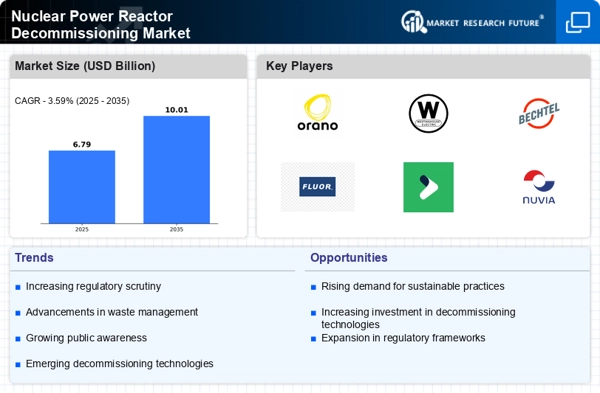

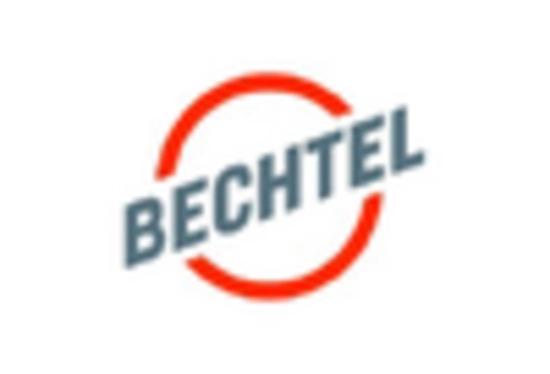
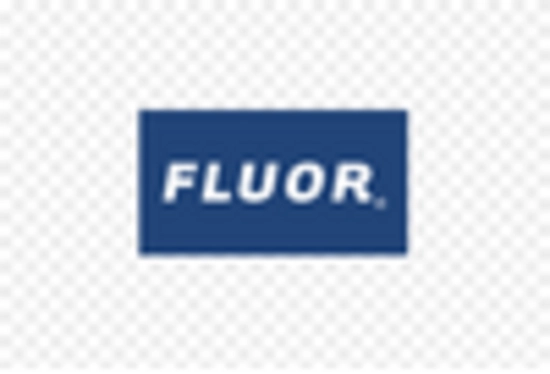

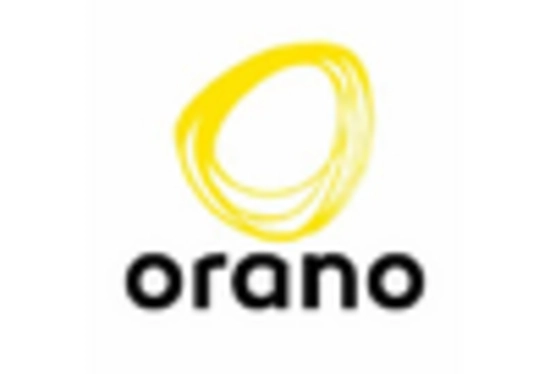
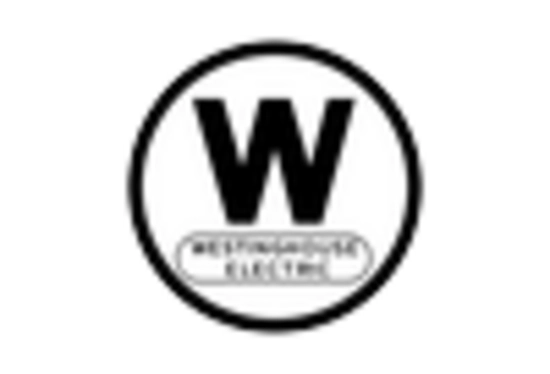








Leave a Comment